U.S. economic activity unexpectedly contracted for the first time since the second quarter of 2020 in the first three months of 2022 as a result of “lingering supply chain constraints, inflation, and disruptions amid Russia’s war in Ukraine weighing on growth,” according to Emily McCormick at Yahoo! Finance.
According to the Bureau of Economic Analysis (BEA), GDP decreased by 1.4% rather than the expected growth of 1.0%. This was a stark change from Q4 which saw 6.9% growth. This is the first time that economic activity in the United States has decreased since Q2 2020.
A key cause for this decrease was the result of the US goods trade deficit reaching a record high in March. This alone decreased America’s GDP by 3.2 percentage points. Net exports have brought down GDP for the past seven consecutive quarters.
While GDP alone is not the only indicator of a recession, combined with the soaring inflation, inverted Treasury yield covers, and the Federal Reserve tightening monetary policy, alarms are starting to go off. Goldman Sachs has stated that there is a 35% chance of a recession occurring in the next two years.
However, while most are concerned about this sudden decline in economic growth in the United States, many economists are cautiously optimistic about commercial real estate. “It might actually benefit certain property types and geographies,” said Victor Calanog, head of commercial real estate economics at New York-based Moody’s Corp. “Capital is always looking to be deployed and for yield. In an environment of rising interest rates and potential uncertainty, U.S. commercial real estate is still an amazing promise of real yield.” He later emphasized to “remain bullish on multifamily and industrial,” while office and retail are unclear for now.
All in all, while GDP may have negative implications for consumption and trade within the United States, there are no direct red flags for concern within the field of real estate. With significant multi-family deals occurring at higher rates than last year, and commercial/multifamily mortgage borrowing and lending holding steady compared to last year, the Commercial Real Estate sector appears to be in a good position.
“If we do encounter some kind of pullback, the commercial real estate sector is in a pretty resilient position, as it was in 2019 and 2020 as we went into the Covid crisis,” he continued. “I haven’t turned pessimistic just yet, especially for commercial real estate, but I would say buckle your seat belts to investors. Drive with caution.”


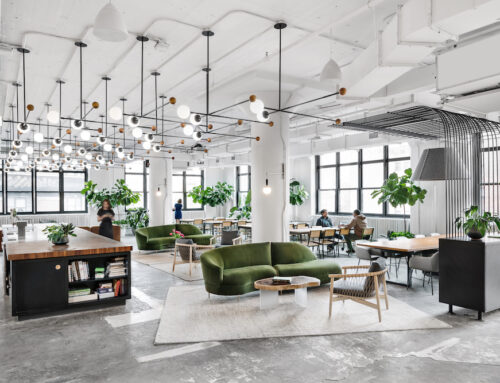
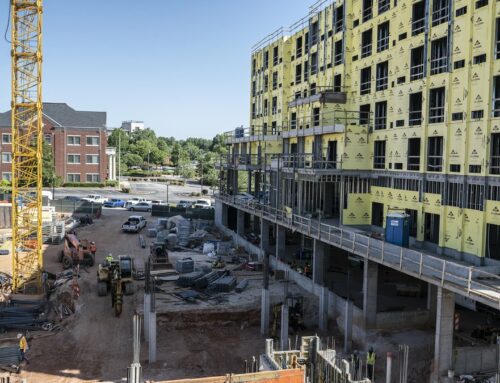
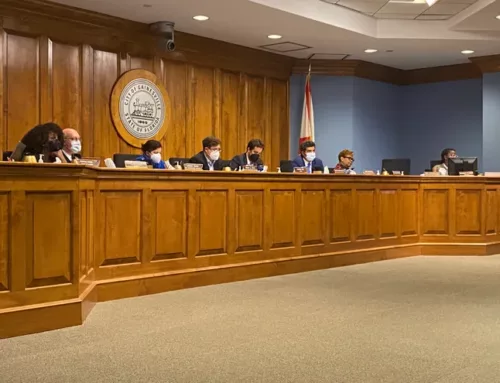
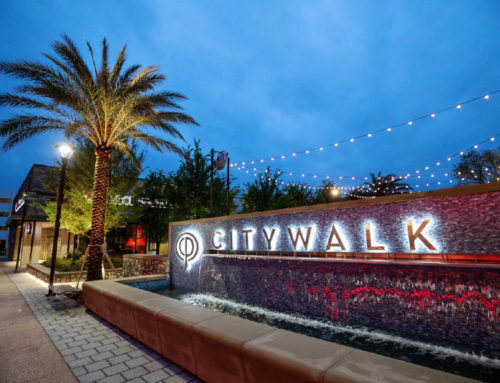
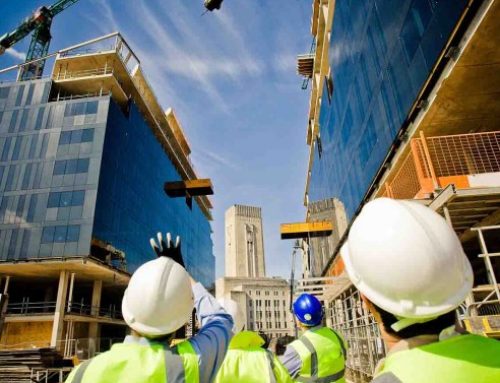
Leave A Comment